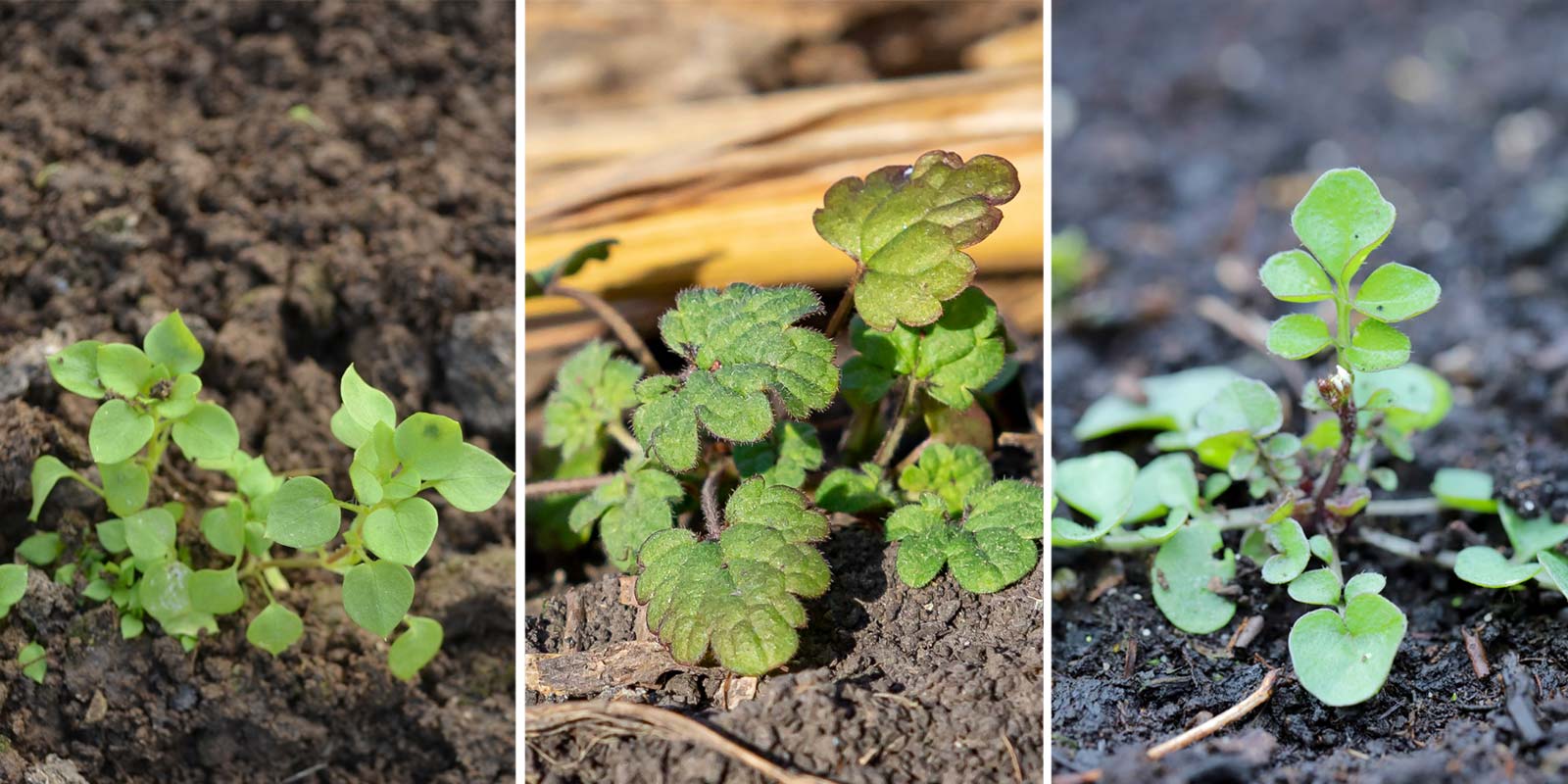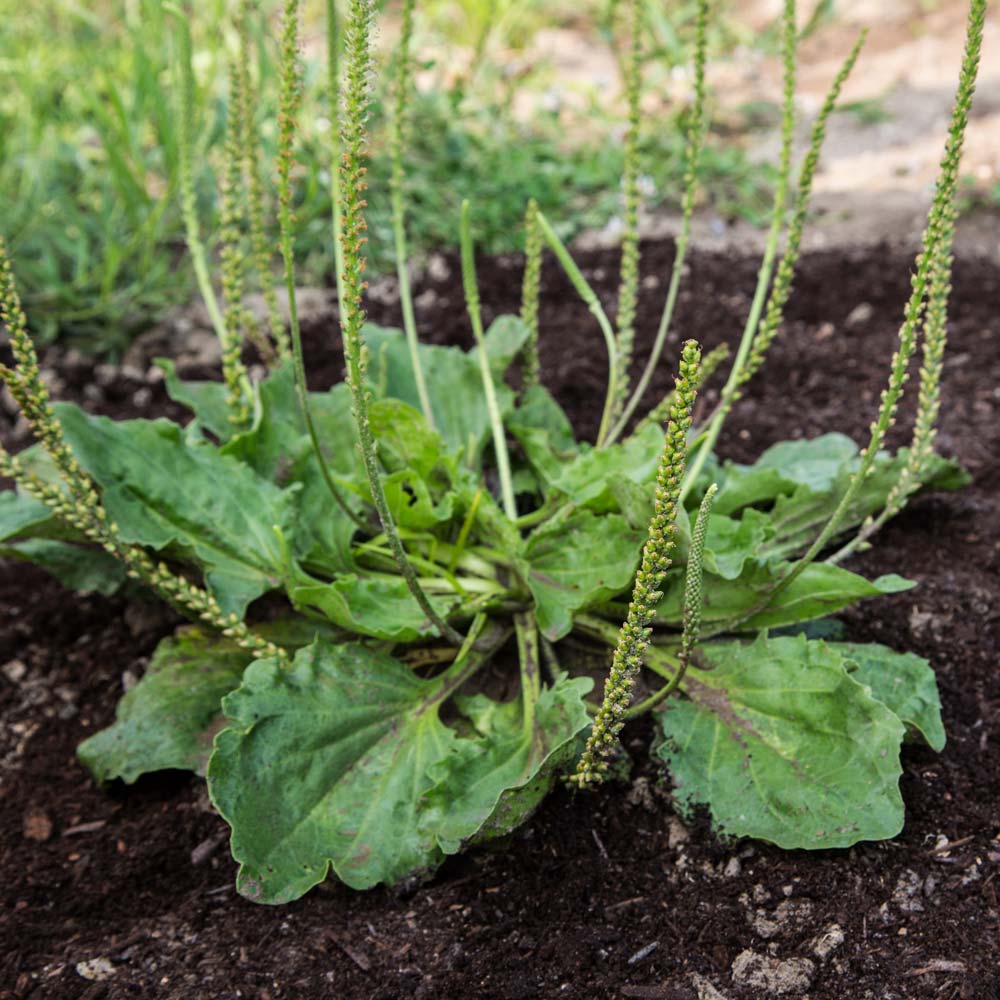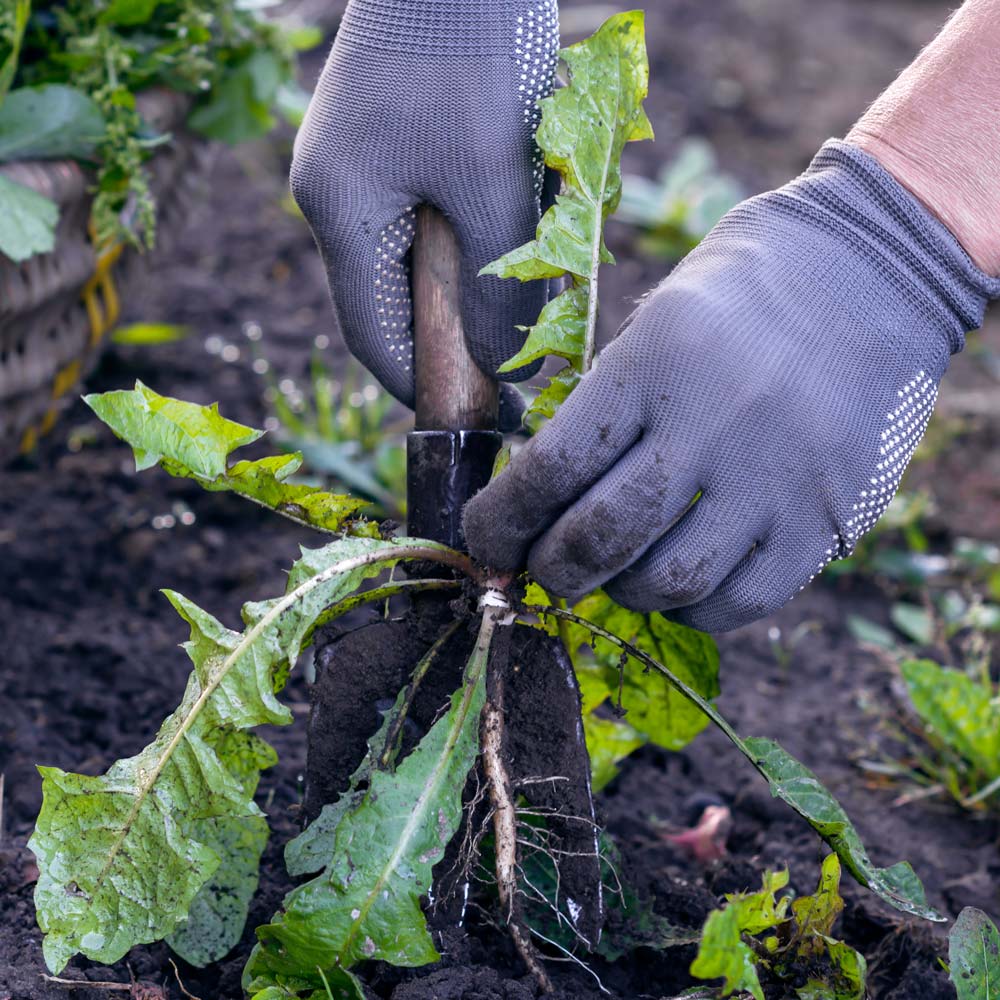Weed Control and the Life Cycles of Weeds
Some weeds come and go in a single season, some come back every year, and some grow into long-lived trees. Knowing which kind of weed you have is the key to controlling it.
As summer turns to fall, gardeners think of planting bulbs and mums, harvesting vegetables, and putting the garden to bed for winter. You might think this is the "off-season” for weeds, but fall is actually an important time for preventing them.
One key to controlling weeds in the garden is understanding how different types of weeds grow and spread, their lifecycle.
Because of these cycles, fall is a crucial time to treat existing weeds and prevent new ones from taking hold in your garden.
How winter annual weeds spread
All annual weeds spread by seed. If the seeds are allowed to germinate, these weeds multiply year after year. Winter annuals, germinate in fall, starting their life cycle when ground temps begin to cool. They survive the winter, then grow rapidly to become well-established in the garden when the ground starts to warm in early spring.
They quickly bloom and produce seeds in spring, then die off with the arrival of summer heat. The seeds left behind lie in wait all summer for the cool, moist conditions of early fall that are ideal for germination of these weeds, and begin the cycle again.

Seedlings of winter annual weeds: common chickweed, henbit and hairy bittercress. Bhupinder Bagga, Klejdysz Tomasz, JJ Gouin / iStock / Getty Images Plus
Winter annuals commonly found in found gardens include common chickweed, hairy bittercress, henbit, marestail, purple deadnettle, shepherd's purse, speedwells, and wild mustard. Gardeners notice new crops of these pesky weeds in early spring before most ornamental plants have filled in.
Control the spread of winter annuals by applying a weed preventer in early fall. This will stop the growth cycle for these weeds, before they grow, when they're seeds
Preen Extended Control Weed Preventer, is an easy-to-apply granular product that prevents the germination of more than 125 common weeds for up to six months. Two applications per year (once in spring and once six months later in fall) gives year-long control from seed-producing weeds.
Sprinkle Preen around your ornamental plants to block weeds from sprouting until spring. Preen is safe for use around of hundreds of existing landscape plants when used as directed. (See the label for plant-by-plant specifics and complete application instructions.)
A layer of mulch can provide extra protection Preen Mulch with Extended Control Weed Preventer is a double-protection bagged product that combines hardwood mulch with a weed preventer.
Perennial weeds return each year from the same roots. These weeds spread by seeds. Many also spread vegetatively from creeping runners or underground rhizomes.
Broadleaf perennial weeds commonly still growing in gardens in early fall include broadleaf plantain, dandelion, field bindweed, ground ivy, pokeweed, thistles, white clover, wild violet, and yellow wood sorrel.

Broadleaf plantain with seed capsules all along the long, green flower spikes. A trowel is helpful when removing the entire plant with its short, fibrous taproot.
Fall is an optimal time to treat perennial weeds that are still growing in the garden. The cooler temps of autumn signal perennial weeds to move energy and nutrients down to their roots to prepare for winter.
Methods to control existing perennial weeds in the garden include digging and herbicide treatment. Often more than one method is needed as some perennial weeds have very deep and extensive root systems and can be difficult to control once well-established.
Use a specialized weed-digging tool to assist with deep-rooted weeds. It’s important to remove the plant and its entire root system as these weeds can reproduce from tiny pieces of root left in the soil.
Post-emergent herbicides are particularly effective in fall as the seasonal energy change helps the plant to carry the product through the plant to the root. Make sure herbicides don’t come into contact with your perennials, groundcovers, shrubs and edible plants.
Repeated digging and repeat herbicide treatments might be needed to eliminate the toughest perennial weeds.
Some perennial weed seeds germinate in fall. A fall application of a preemergent herbicide such as Preen Extended Control Weed Preventer prevents germination of perennial weed seeds such as dandelion and plantain.

It's important to remove the entire root of perennial weeds, such as this dandelion. Jurgute / iStock / Getty Images Plus
Preen Garden Weed Preventers stop weed seeds from sprouting and forming roots. When activated, Preen creates an invisible barrier just below the surface of the soil. Preen does not kill existing weeds, it prevents new weeds from germinating, eliminating the need for difficult and time-consuming hand weeding of listed weeds.
Preen can be applied whenever weeds are growing. Apply Preen in early fall before winter annual weeds sprout to reduce early spring garden weeds. Seasonal applications of Preen Garden Weed Preventers in spring and fall provide year-round protection to prevent weed seed germination and significantly reduce garden weeds. As with any garden product, be sure to read the label and follow instructions.
Avoid disturbing the soil. Garden beds contain millions of dormant weed seeds. Fall gardening activities, such as raking and digging, bring buried weed seeds closer to the soil surface where they are exposed to light, air, and moisture. The improved warmth and light, plus watering of garden plants, will trigger the exposed weed seeds to germinate.
Cover bare ground. Bare ground is an opportunity for weed seeds to germinate providing light and growing space. Densely plant beds with perennials, groundcovers, and shrubs, or apply a layer of mulch to areas between plants, to deprive weeds of that light and space.
Covering the soil with sheets of black & white newspaper or cardboard can also be effective. The paper breaks down over time and adds carbon to the soil. This method is best for a large area with no plants.